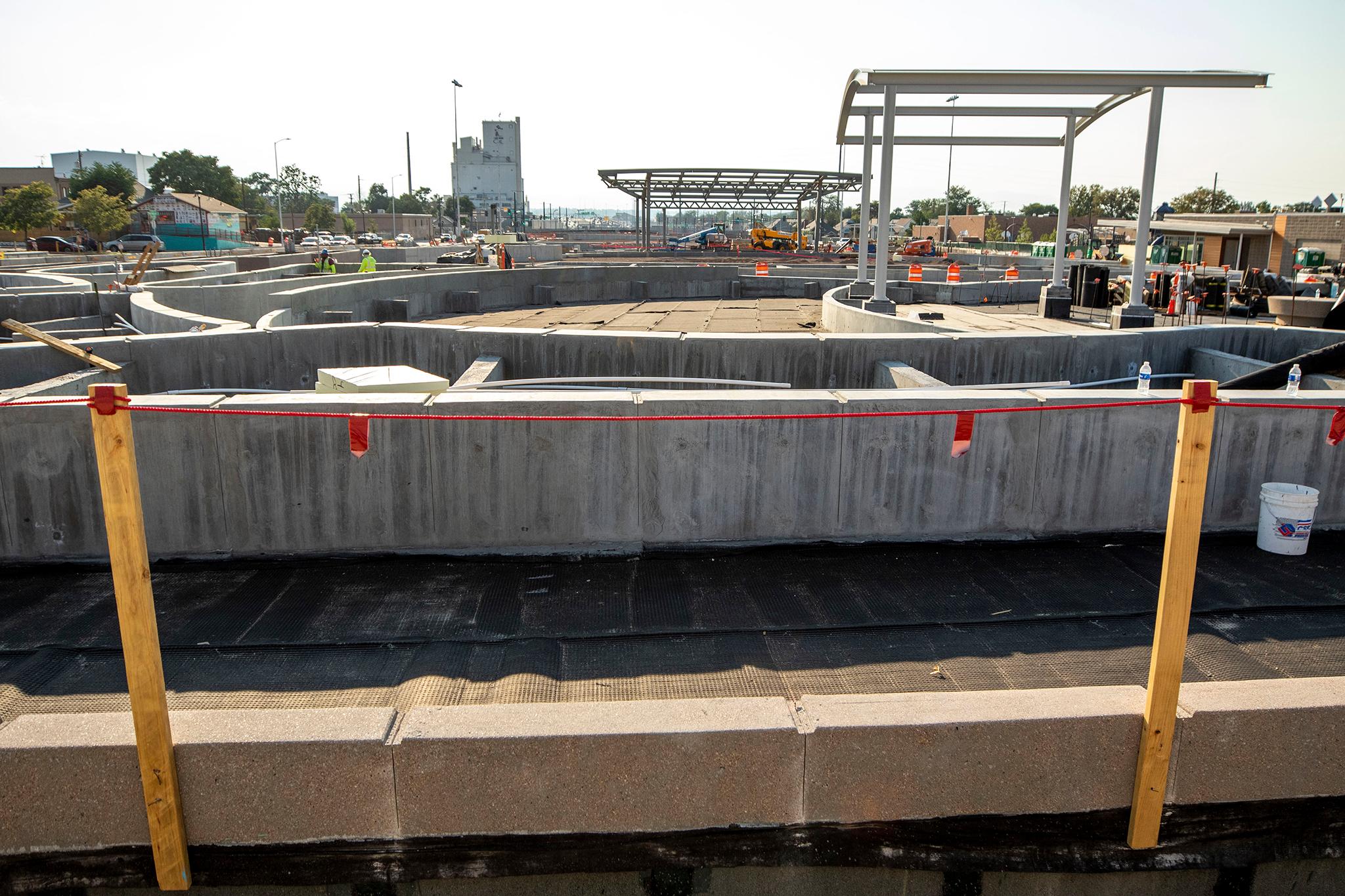The biggest change Ryan Wells noticed in Elyria-Swansea when the I-70 viaduct came down was not the lack of columns overhead, or the rumbling of cars below or that he could now see across the highway. What he noticed was that his rent jumped up by $1,000.
It's been a long few years for people living near the I-70 construction. The Colorado Department of Transportation (CDOT) took over 70 homes and businesses, relocating scores of people who had called the neighborhood home. Residents endured years of construction, dating back to 2018. When the rebuilt area opened this past July, the highway promptly flooded.
Now, the end is in sight. With the new I-70 route open, CDOT expects the final part of the $1.2 billion project -- a park sitting atop the new part of the highway-to open this November, with final landscaping finished in the spring.
Community reactions remain mixed. For some, the upcoming park is an exciting addition to the neighborhood. For others, rising property values, continuing construction and the highway below continue to make life difficult.
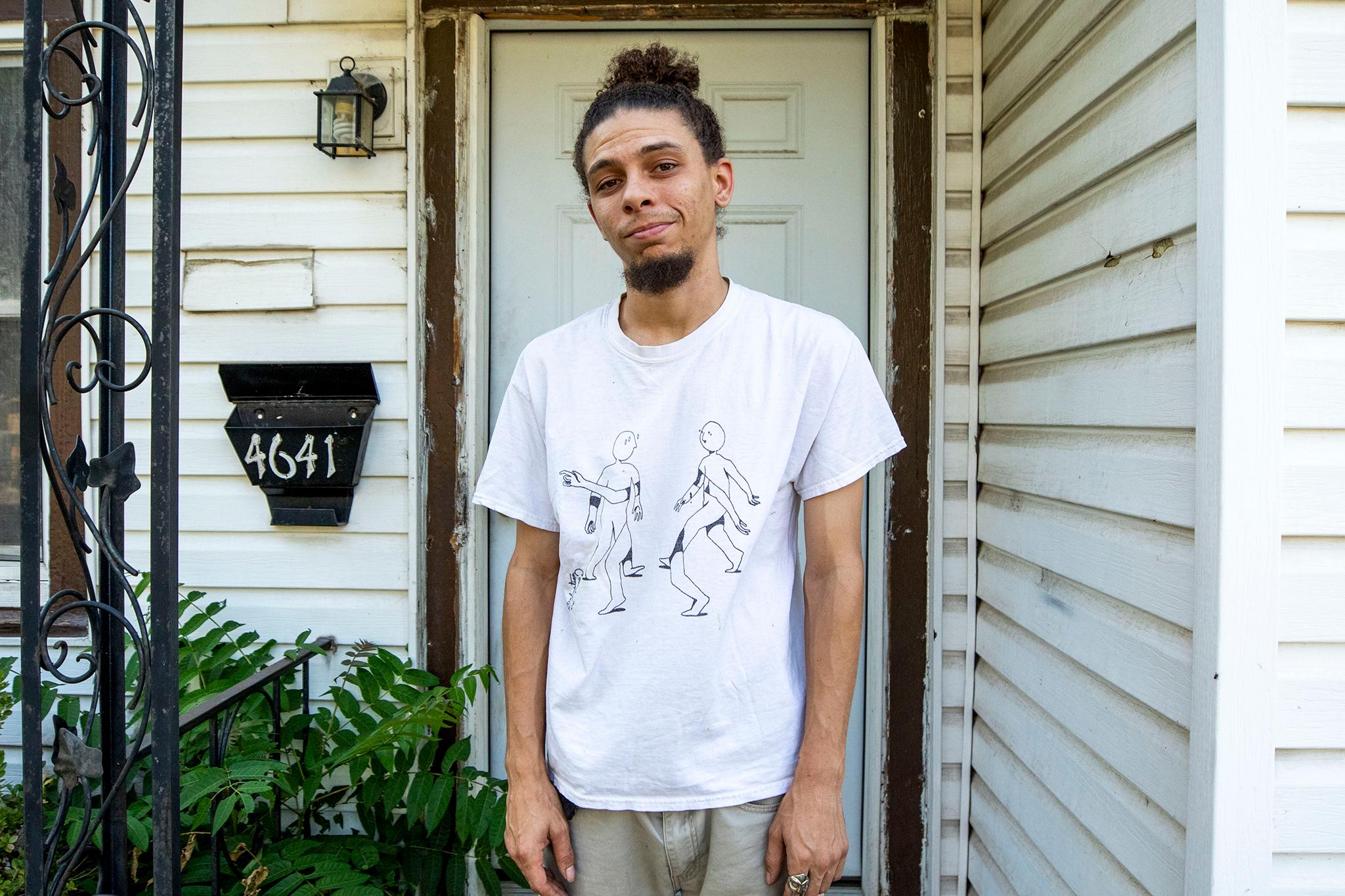
The I-70 project confirmed some residents' greatest fears.
Wells has lived off I-70 in Elyria-Swansea for five years, and in Globeville before that. "This is hell, I hate it," he said of the I-70 project. "I can't sleep past seven in the morning, because of serious shaking."
He says the area is busier than before, and with a 9-year-old kid and dogs, he no longer feels comfortable letting them play in the yard. Plus, his wife faces catcalls. Wells also worries about cracks in cement around his house growing from vibrations and the dust from construction.
"The pollution is ridiculous," he said. "I can't tell you how many times I've gotten sick."
Wells was at a loss for what CDOT and local officials could do to fix things, and remains skeptical that the park will make the construction worth it.
"I'm hoping that it's really just [a] bedazzling, amazing thing," Wells said. "But I don't think there's a park that I've been to out here that could really make it worth it."
Drew Dutcher, president of the Elyria and Swansea Neighborhood Association, has also seen local roads get busier. "I live in Elyria, and 47th Avenue frequently, we'll get some lost semi just going down a neighborhood street," he said.
He's frustrated that Elyria-Swansea got stuck with a highway expansion just as the approach is falling out of favor in some cities. While often proposed as a way to reduce traffic, adding lanes can lead to more cars on the road, maintaining or sometimes even worsening traffic.
In August, local officials voted to drop other planned widenings of Interstate 25 and C-470 and shift away from road expansion.
"It's just so interesting that they did that after they had done I-70, which was a widening through a poor minority neighborhood," Dutcher said. "Expanding a highway is a 1950, 1960s solution to a 2020 problem."
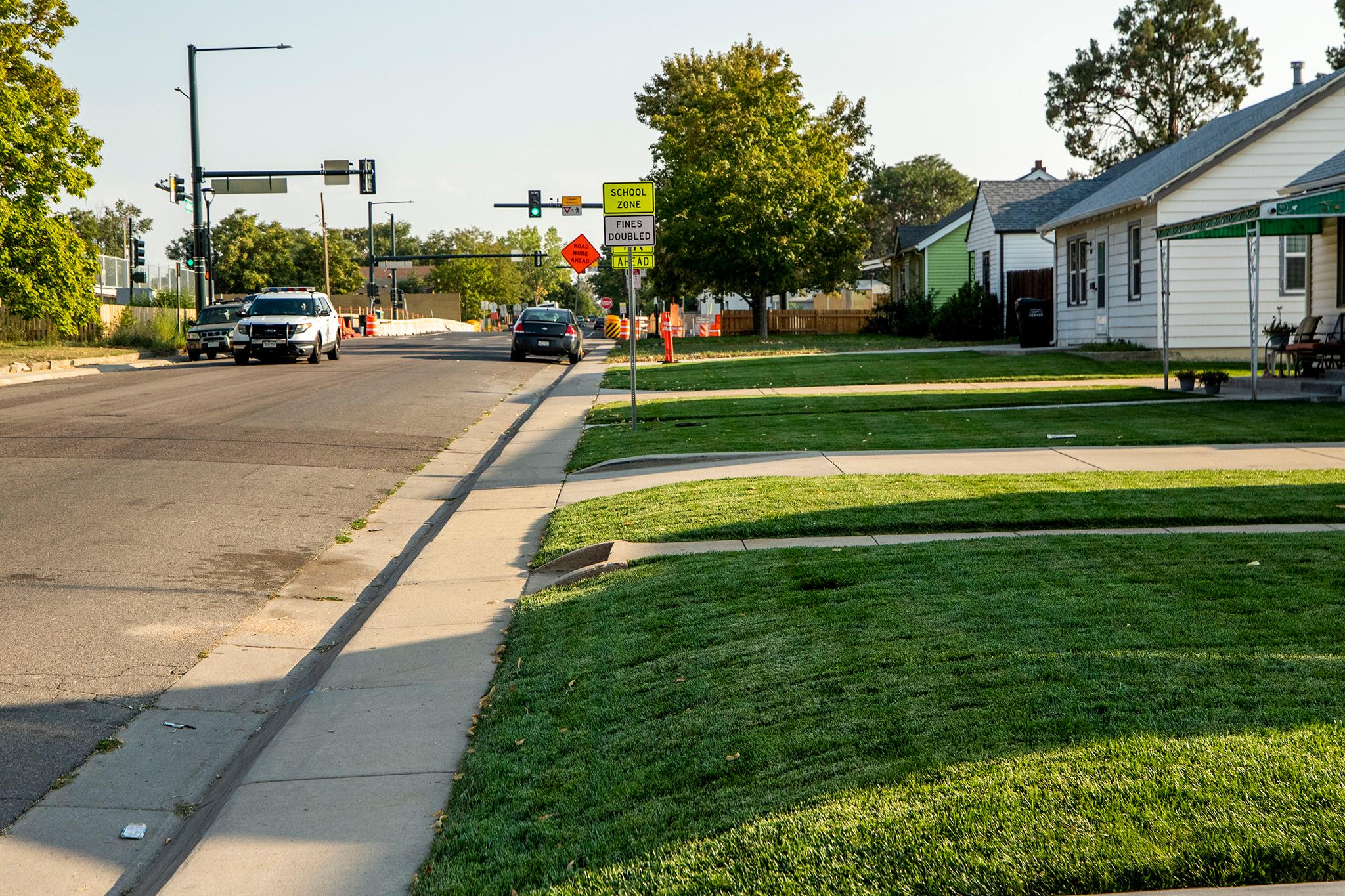
Council member Candi CdeBaca, who represents Elyria-Swansea and organized against the project as a community activist before her election to council, has heard similar problems from constituents.
"I would say the process was as nightmarish as we anticipated," she said. "There are so many unresolved issues with folks in the neighborhood who had major concerns about their foundation of their homes."
CdeBaca has a list of worries -- about pedestrian safety around the construction site, future flooding and air quality.
"I don't feel like putting a park on top of a highway, knowing that that highway is one of the most polluted areas in the city and in the country, I don't think that's wise, especially because the population in this neighborhood is predominantly the margins -- Black, brown and poor people," she said.
One solution CdeBaca would like to see would involve a cap over the entire area, but even if additional funding were to come through in the future, CDOT did not engineer the project in a way that would allow for additional caps in that area.
CdeBaca also wants the state to repeal the ban on rent control, to help manage rising prices in the area and respond to the housing crisis more generally. Like other parts of the city, Elyria-Swansea has been fighting gentrification for years.
"It's beyond repair at this point, and now it's something that we have to endure for another few generations, apparently, unless people just choose to not live here," CdeBaca said.
Despite the challenges, CDOT views the project as a win, and says things will get better once the park opens.
The I-70 project, conceived to fix the crumbling viaduct, was controversial from the start. Local activists wanted the highway dividing their community rerouted completely, which CDOT insisted was not viable. In 2018, CDOT settled for $500,000 with environmental groups and community members over concerns about air quality and noise, and promised community improvements like the park.
"We're really proud of all of the successes along the way and making sure that we're delivering the project on time and within budget," said Stacia Sellers, CDOT communications manager for Central 70. "The flooding, you know of course that's unfortunate, but that's a problem that will be resolved."
Regarding other community concerns, Sellers said CDOT has not seen many people come forward about foundation damage, and encouraged residents to reach out with worries. While she has heard complaints about freight traffic, Sellers said CDOT expects local traffic issues to improve when construction is finished, and that traffic patterns should be fully normal by December.
When it comes to air quality, Sellers said CDOT expects things to improve with the lowered highway. The Department of Public Health and Environment will see if this is the case by tracking the monitor installed at Swansea Elementary School throughout 2023.
The Globeville, Elyria and Swansea Health Study, a project agreed upon in the settlement back in 2018, will also monitor the air quality.
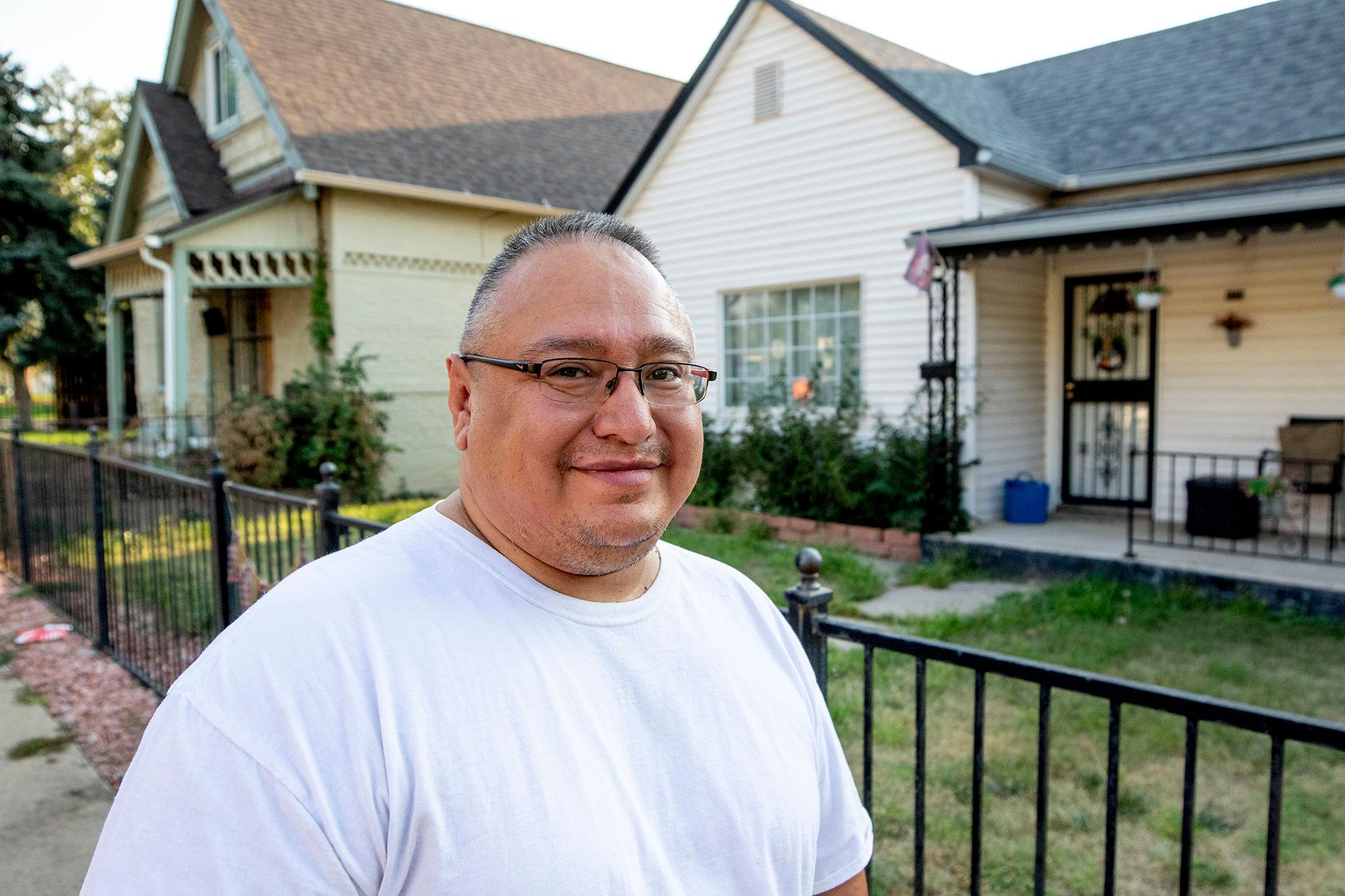
While reactions to the park are mixed, everyone seems excited for the construction to end, and many look forward to the park.
Delbert Velasquez grew up on a street off I-70 in Elyria-Swansea, and now owns a house next door to his childhood home. He used to play under the viaduct as a child, and now with kids of his own, he's excited for the park to take its place.
"We'd go build ramps and jump our bikes underneath [the viaduct]," he said. "I think it's time for change."
The new park will include an amphitheater, two soccer fields, a playground, a "splash pad" with water features and a community conference room.
Living through the construction was rough -- Velasquez struggled to get in and out of his driveway with the construction trucks and digging in the street, and found himself constantly cleaning his cars and yard from all the dust. Meanwhile, his property taxes rose.
"I kind of had to chase [buyers] out of my yard there a few times," he said.
While many of his friends have sold, Velasquez insists on staying put. "I grew up here, I built everything I have here," he said. "I'm home."
Frank Arevalo, who has lived in the neighborhood for 30 years, feels similarly.
"This is my house, this is my home," he said. "I live here. The only way they're going to take me out is going to be feet first."
The construction didn't bother him, and with the end of the project a few months away, he's excited about the park.
"It'll benefit the whole neighborhood," he said.
While residents wait for the park to open, they can communicate thoughts and concerns with CDOT at monthly meetings on the project and a health study taking place in the community. Students at Swansea Elementary School can already head out to their new playground, which opened in August.
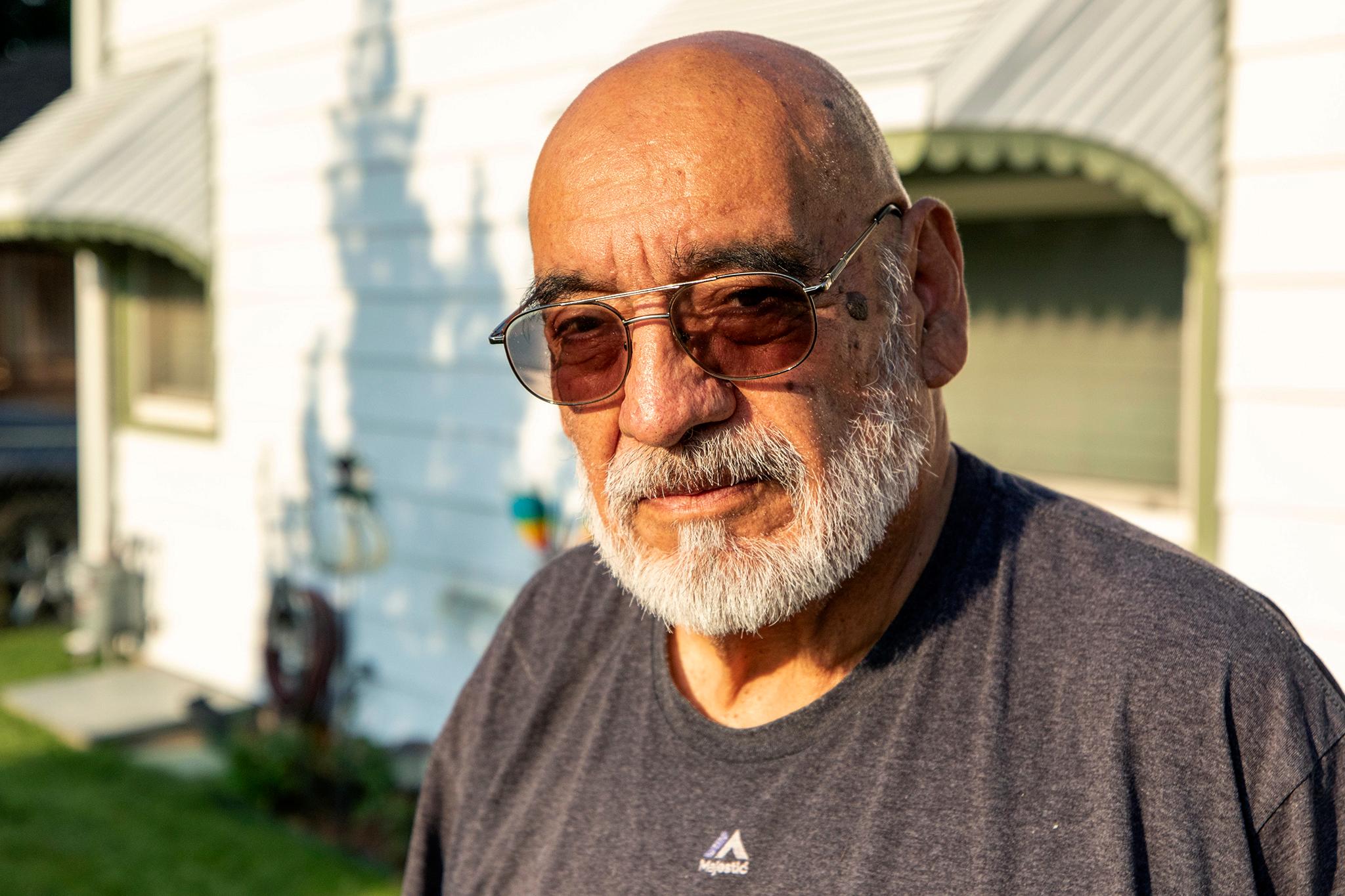
CORRECTION: This story has been updated to correct the spelling of Frank Arevalo's last name.

